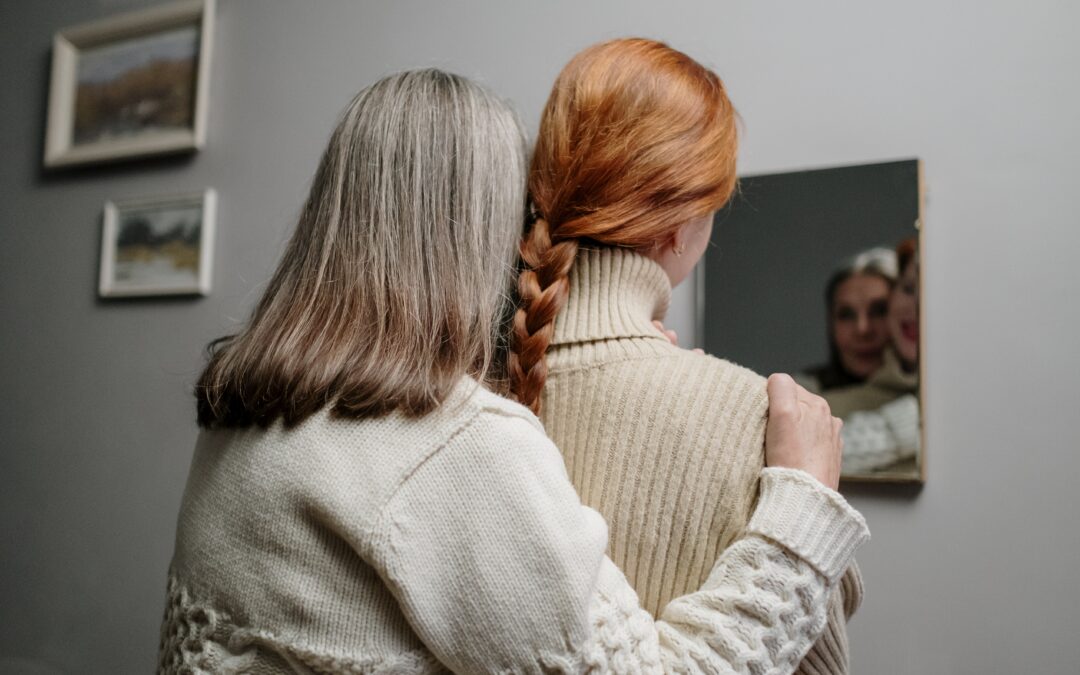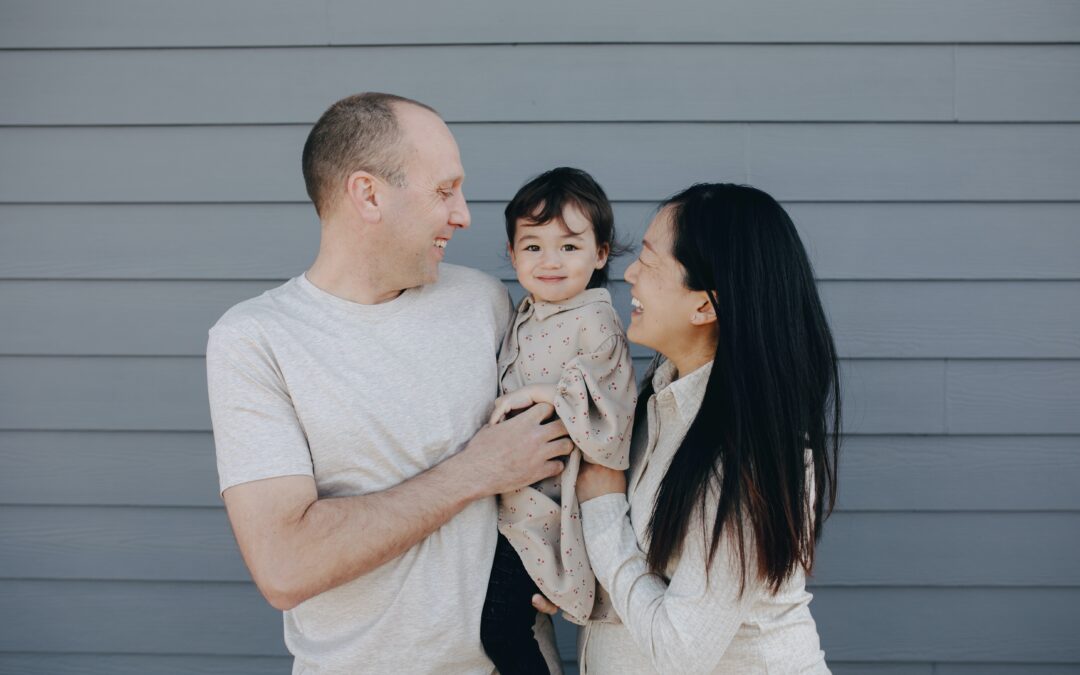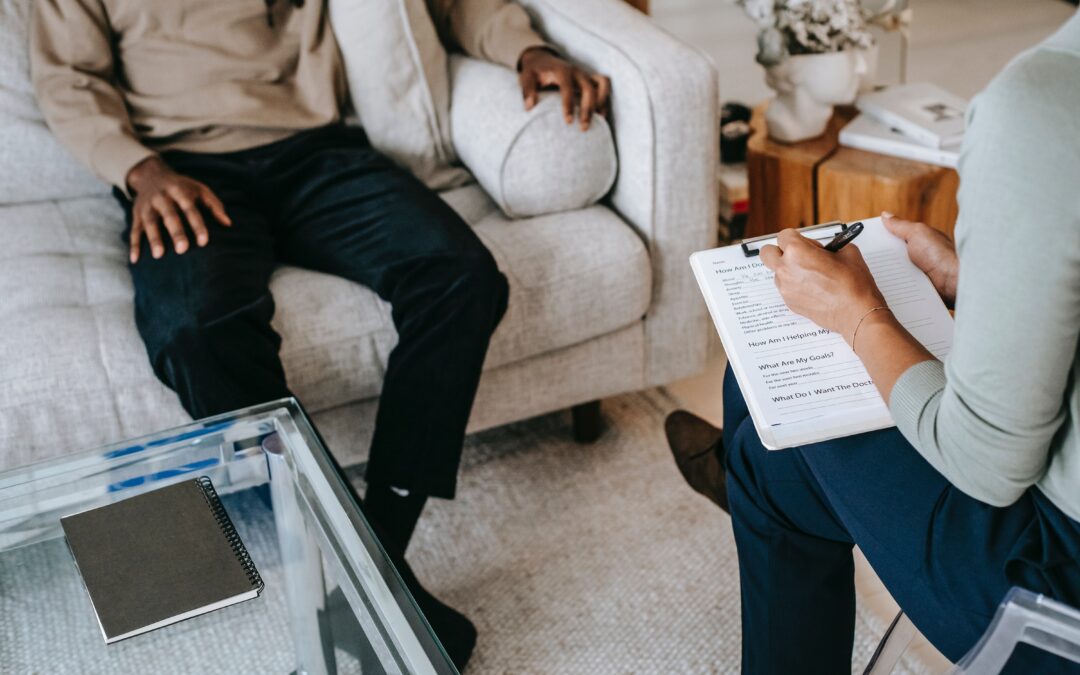In a recent Atlantic article, a woman who met and moved in with a man during COVID lockdowns in Spain emerged from quarantine only to discover she barely recognized the person with whom she had lived and shared daily intimacy. This is just one example of many COVID couples who experienced “all seclusion, no inclusion” throughout their brief relationships and are only now discovering hidden aspects of their partners through other social interactions.
As the author of the article describes it,
“Many relationships that started during or just before the pandemic intensified quickly, accelerated by a stressful new reality and the extra free time quarantine created. But one key element was missing: knowledge of how one’s partner interacted with the outside world—and, by extension, of how a relationship would fare when stay-at-home orders eased.”
How Does He Treat His Mother?
If you’re a woman, you may have received advice from older females to observe how a man treats his mother, since this reveals how he will treat you in turn. While not an infallible rule, it’s certainly true that the way a man (or woman) treats those around him reveals his character. Someone worth dating treats family and friends, as well as strangers, with dignity and respect. Someone worth dating treats others the way they want to be treated, and acts consistently in both public and private, whether they’re with you or without you. The pandemic trend of cohabiting with someone you barely know is understandable, especially given the high levels of loneliness and isolation people experienced in very locked down areas. The problem is that taking such an enormous step toward emotional and physical intimacy during an unusual time leaves out prerequisite “vetting” by family, friends, and co-workers. Without the presence of a social life outside the relationship, there can be much buried beneath the surface.
The Art of Gradual Attachment
During the pandemic, many people were driven to pursue relationships out of fear, boredom, or desperation. But for those who are actually looking for someone to settle down with, this is no strategy. Risking your heart for a mere shadow of intimacy is not worth it. One helpful resource on gradual attachment is Dr. John Van Epp, who spoke about his book How to Avoid Falling in Love With a Jerk at our 2016 Sexuality, Integrity, and the University conference. In it, he explains that healthy relationship formation requires lots of time and coolheaded observation of the other person in various social situations. Dr. Van Epp developed the Relationship Attachment Model (RAM) to help people determine the health of their relationships. According to this model, you shouldn’t trust your partner any more than you know them, rely on them for things any more than you trust them, commit to your partner any more than you rely on them, and finally, you shouldn’t touch your partner any more than you are committed to them. Much of what you can glean about a partner comes not just from your own isolated interactions with them, but from their other social interactions.
Slow and Steady Wins the Race
Though slow and steady can be painfully uncertain, especially during uncertain times, it’s far better to be deliberate rather than flippant about something so serious as a romantic relationship. Many people unfortunately compromise their opportunity to know, rely, trust, and commit to someone before touching or sharing intimate spaces with them. The good news is that even if you haven’t yet checked the temperature of your own relationship, you can still do so. Dr. Van Epp’s advice works for couples at various levels of commitment who seek to bring balance to their relationships. While following such a scheme might seem intimidating at first, it soon becomes a helpful way to evaluate where you are and where your relationship could be. If you are just beginning to date someone, do not shy away from enforcing these boundaries, as they will ultimately lead you to develop a healthier relationship with someone who truly seeks your good, and you theirs.







